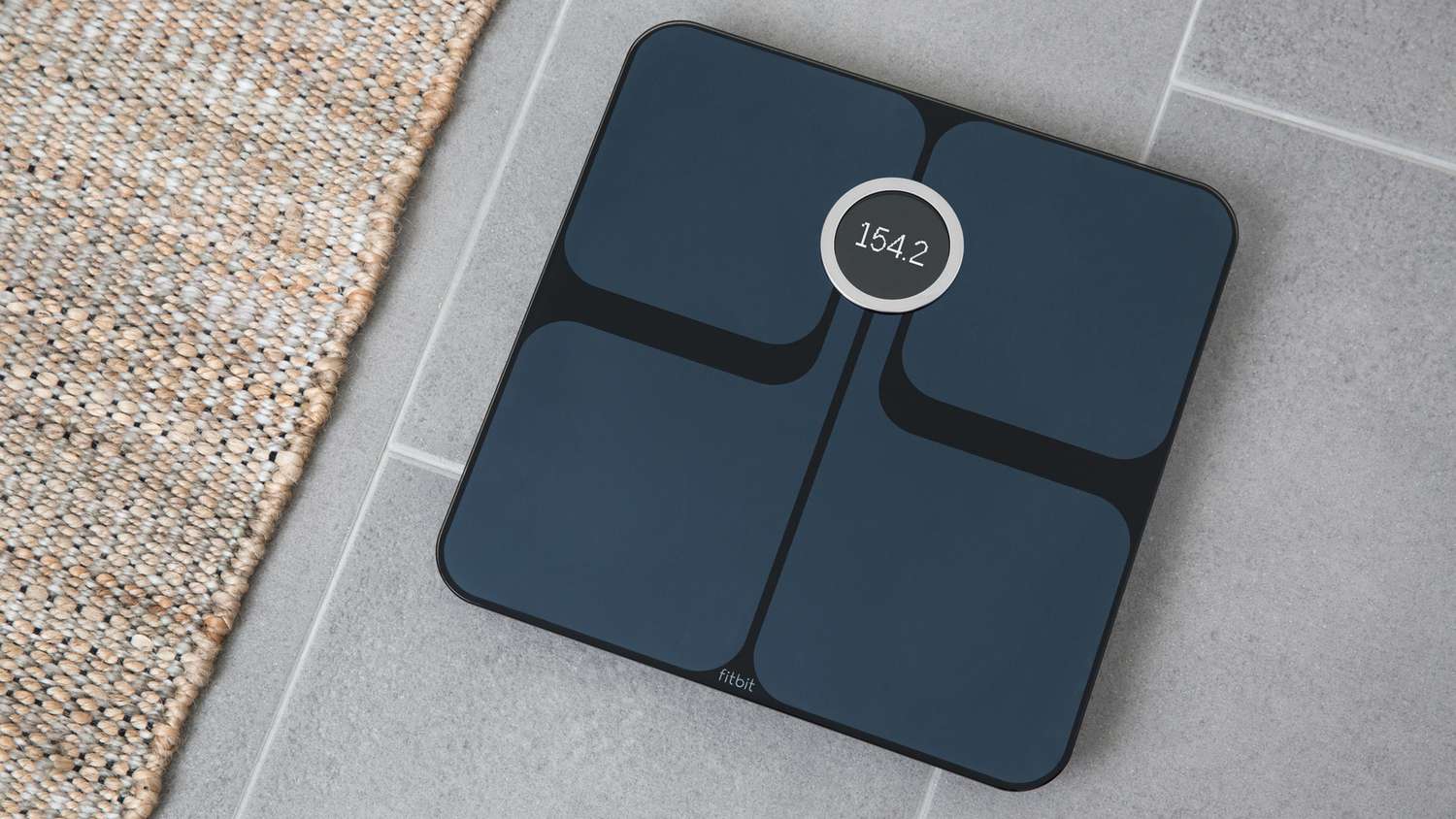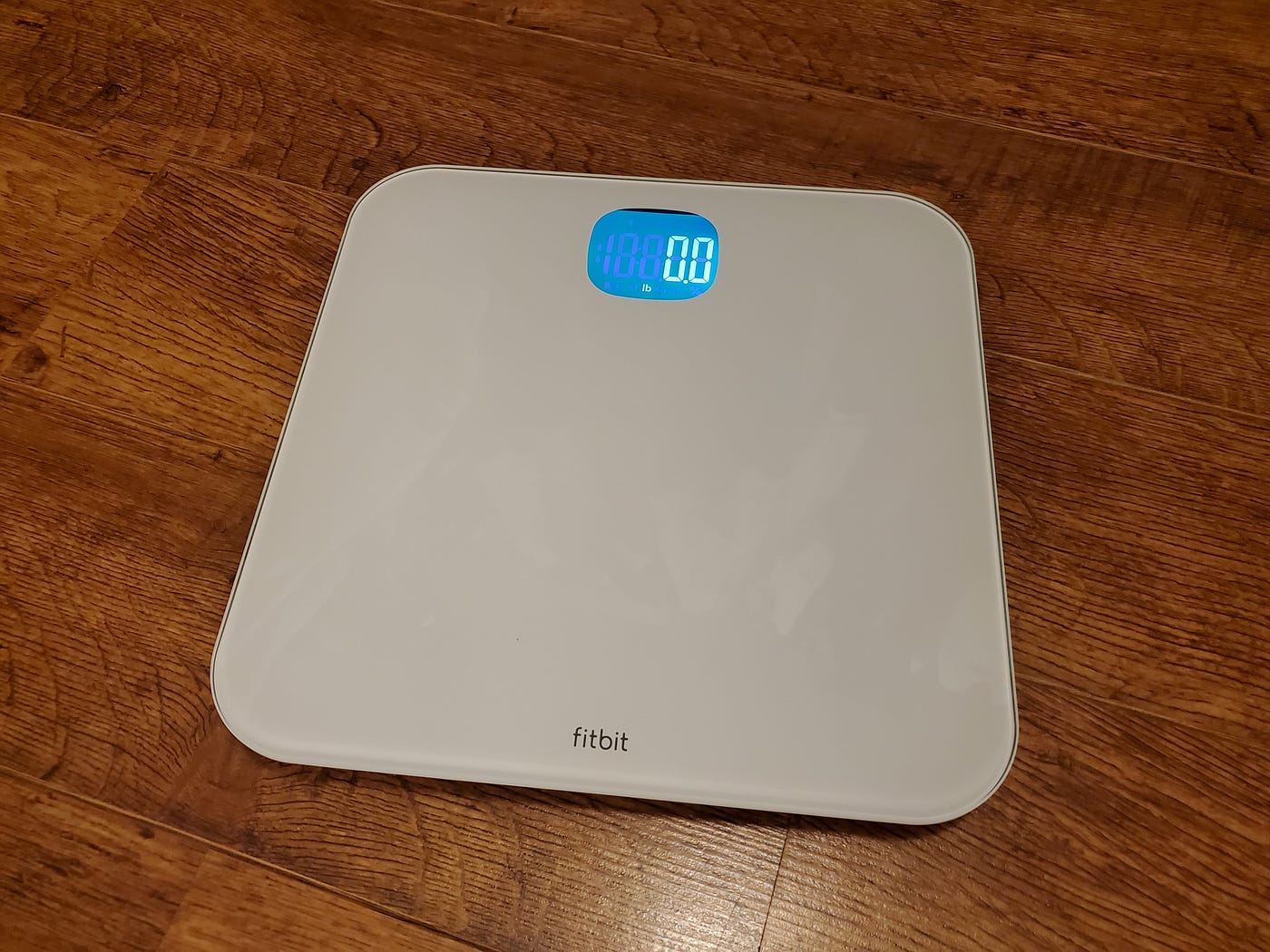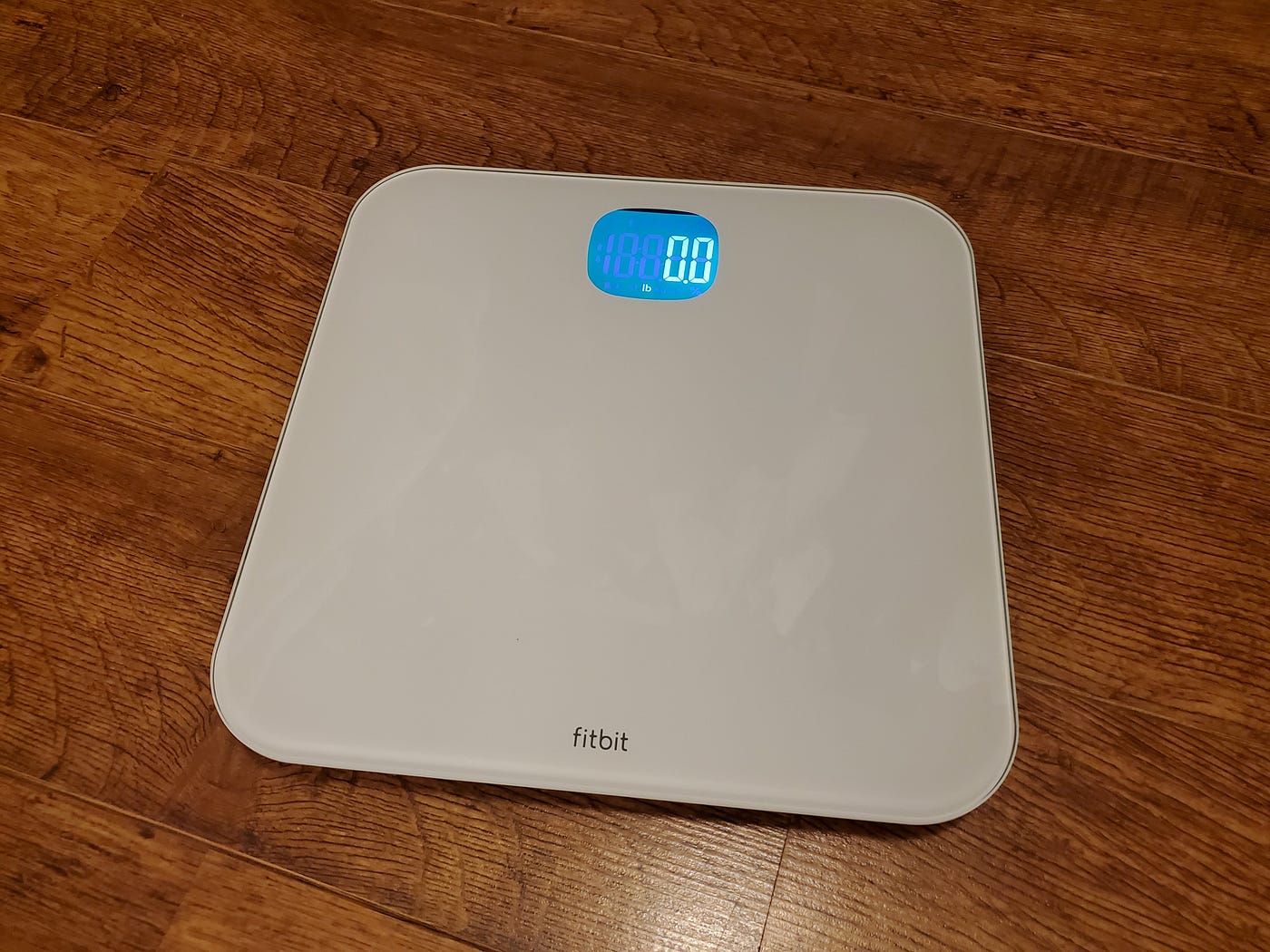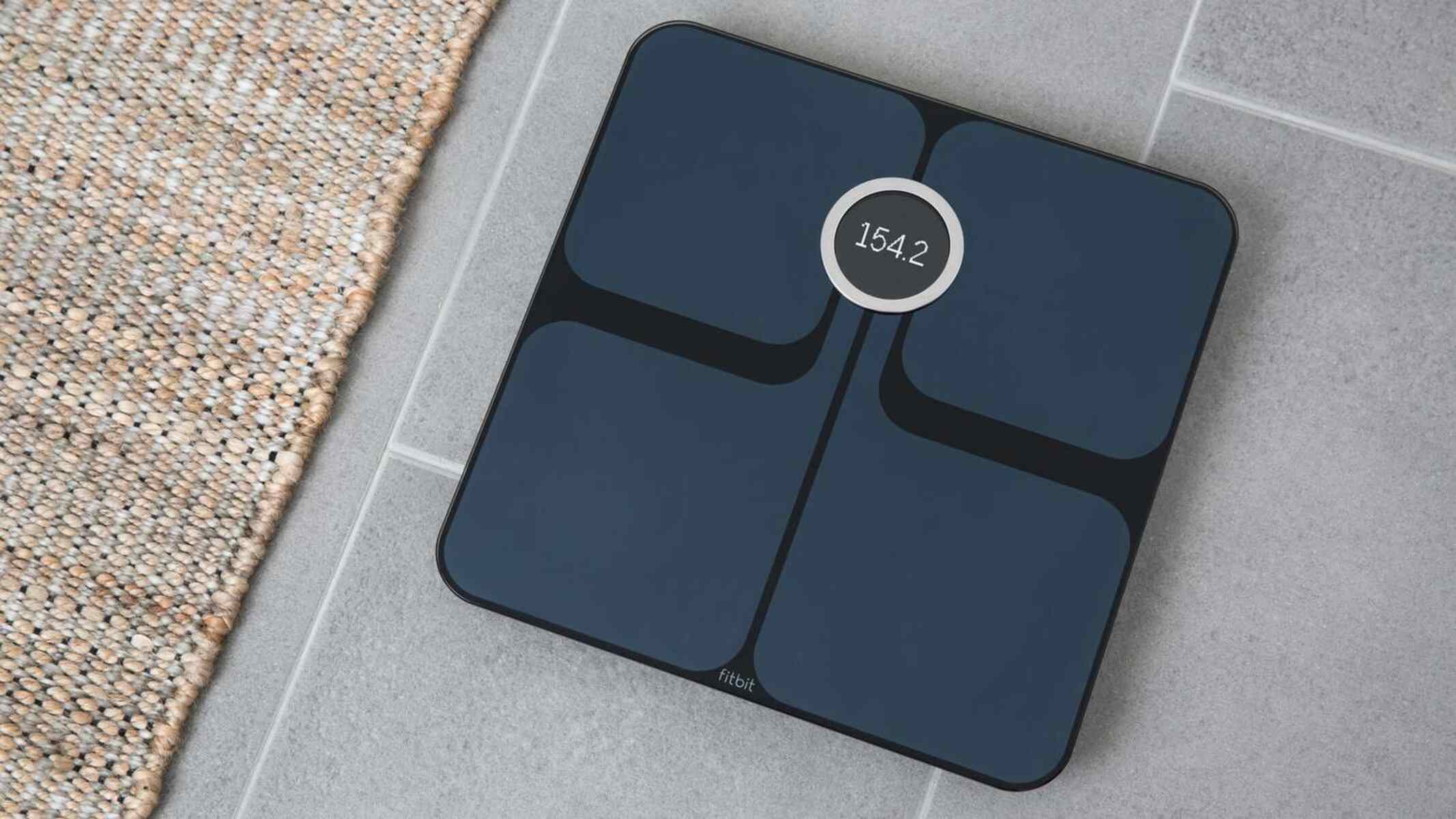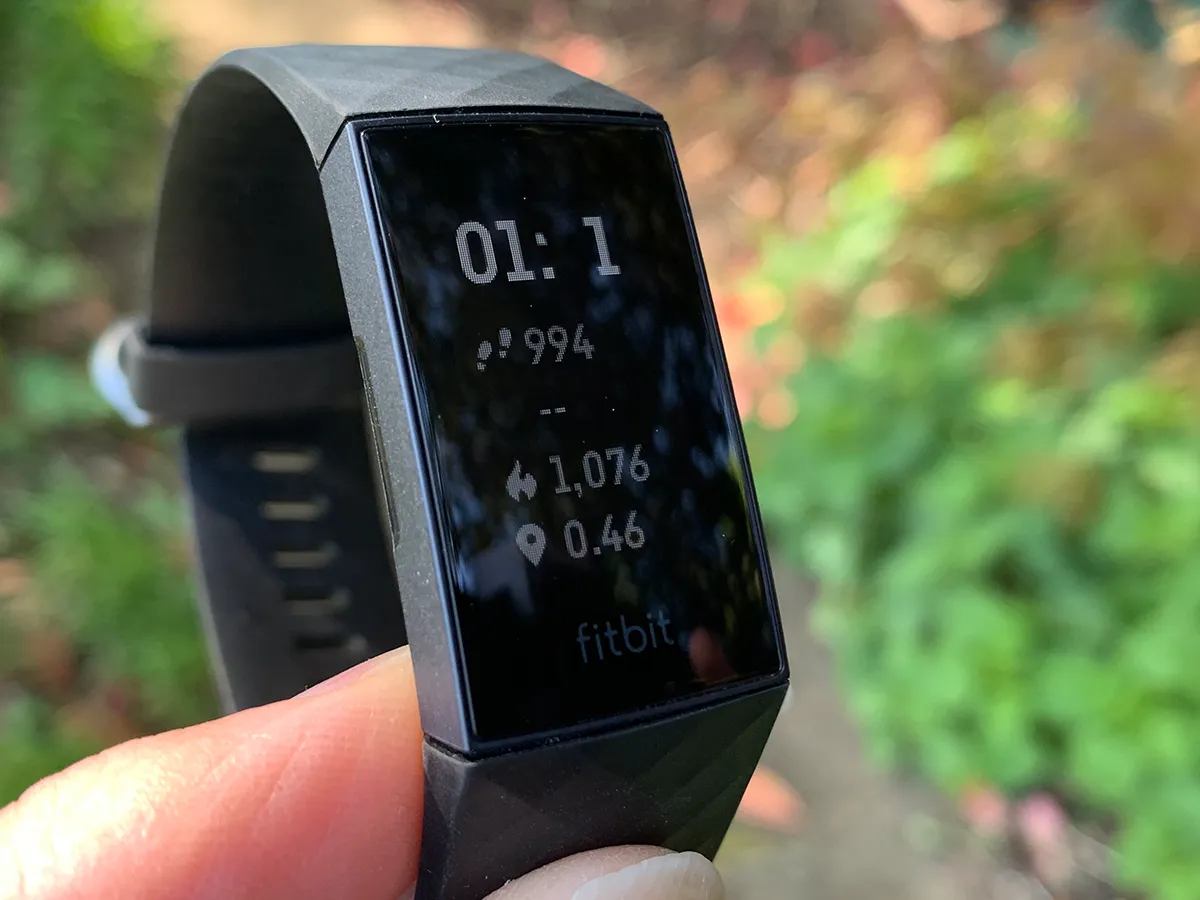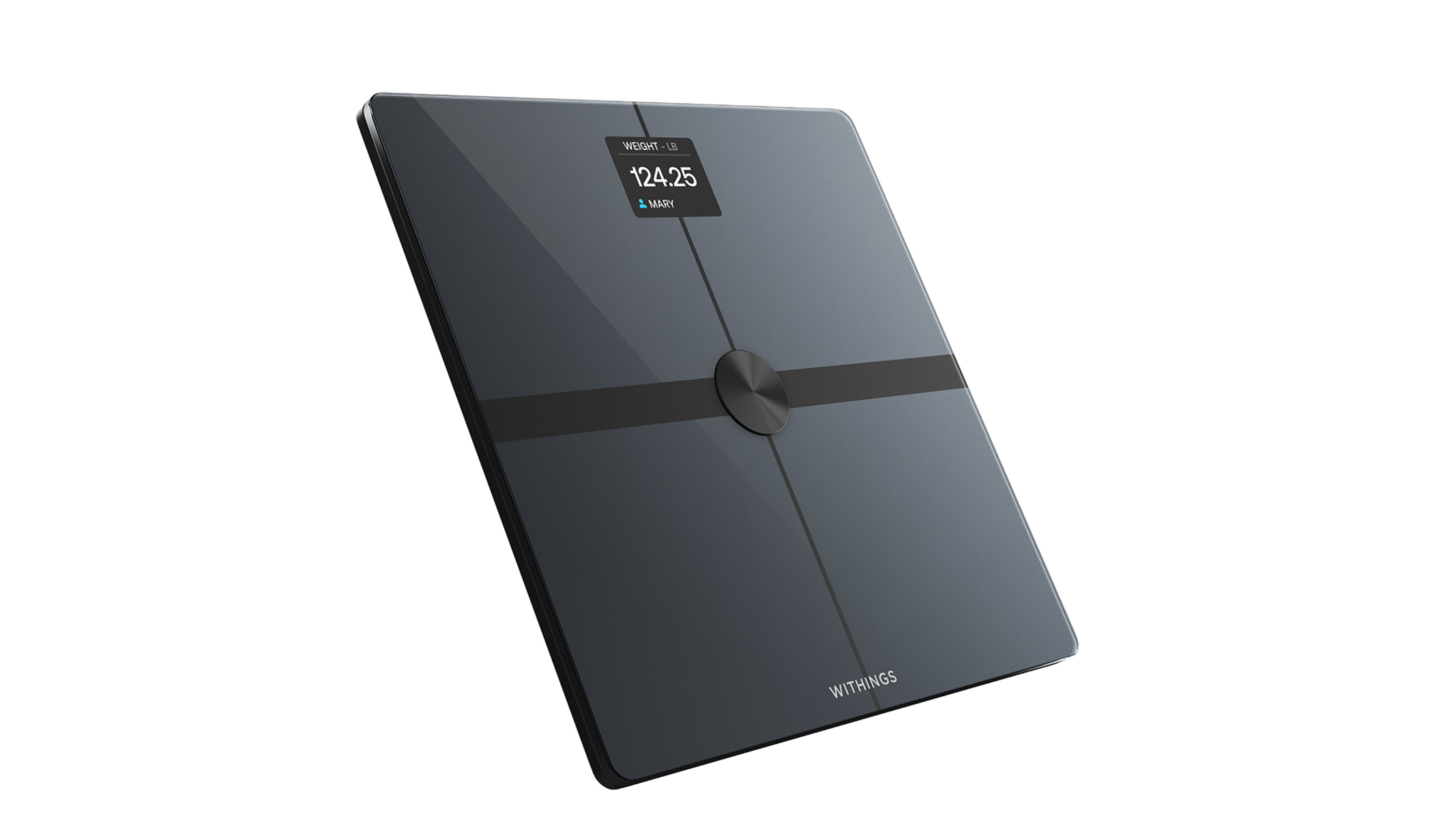Introduction
In the realm of health and fitness, wearable technology has revolutionized the way individuals monitor and manage their well-being. Among the array of innovative devices, the Fitbit Scale stands out as a valuable tool for tracking various health metrics. This smart scale seamlessly integrates with the Fitbit ecosystem, offering users a comprehensive view of their overall health and fitness progress.
The Fitbit Scale is designed to provide users with a holistic understanding of their body composition, including weight, body fat percentage, lean mass, and BMI. By leveraging advanced technology, this device delivers accurate and personalized insights, empowering individuals to make informed decisions regarding their health and fitness goals.
As the demand for personalized wellness solutions continues to surge, the Fitbit Scale has emerged as an indispensable asset for individuals striving to achieve a healthier lifestyle. Its intuitive interface and seamless connectivity with the Fitbit app make it a user-friendly and accessible tool for individuals of all fitness levels.
In this article, we will delve into the intricate functions and features of the Fitbit Scale, shedding light on how it operates and the valuable data it provides. Furthermore, we will explore effective strategies for interpreting and maximizing the benefits of the data generated by this cutting-edge device. Whether you're new to the world of smart scales or seeking to optimize your use of the Fitbit Scale, this comprehensive guide will equip you with the knowledge and insights to harness the full potential of this remarkable wellness companion.
How Does the Fitbit Scale Work?
The Fitbit Scale operates on a foundation of advanced technology, leveraging intricate mechanisms to provide users with a comprehensive overview of their body composition. Equipped with high-precision sensors, the scale employs bioelectrical impedance analysis (BIA) to assess various metrics, including weight, body fat percentage, lean mass, and body mass index (BMI).
When a user steps onto the Fitbit Scale, the BIA technology sends a low-level electrical signal through the body. This signal passes more quickly through muscle and other lean tissue, encountering resistance as it moves through fat. By measuring the impedance of the signal, the scale can estimate the body's composition based on the differing conductive properties of fat, muscle, and other tissues.
The scale then seamlessly syncs this data with the user's Fitbit app, where it is processed to generate personalized insights and trends. Through the app's intuitive interface, users can access a detailed breakdown of their body composition, enabling them to track changes over time and gain a deeper understanding of their overall health and fitness progress.
Furthermore, the Fitbit Scale is designed to recognize individual users, allowing for seamless and accurate tracking of each person's metrics. This personalized approach ensures that users receive tailored insights specific to their unique body composition, thus enhancing the precision and relevance of the data provided.
In addition to its body composition analysis, the Fitbit Scale also integrates with the Fitbit app to provide a holistic view of the user's wellness journey. By combining weight and body composition data with activity, sleep, and nutrition metrics tracked through other Fitbit devices, users can gain a comprehensive understanding of how various factors influence their overall well-being.
Overall, the Fitbit Scale's seamless integration of BIA technology, personalized user recognition, and comprehensive data synchronization with the Fitbit app underscores its effectiveness as a powerful tool for monitoring and managing one's health and fitness journey. With its user-friendly interface and precise insights, the scale empowers individuals to make informed decisions and take proactive steps toward achieving their wellness goals.
Understanding the Key Features of the Fitbit Scale
The Fitbit Scale encompasses a myriad of features that collectively contribute to its effectiveness as a comprehensive wellness companion. By understanding the key features of this smart scale, users can harness its full potential to gain valuable insights into their body composition and overall health.
1. Body Composition Analysis:
The Fitbit Scale employs advanced bioelectrical impedance analysis (BIA) to provide users with a detailed breakdown of their body composition. This includes metrics such as weight, body fat percentage, lean mass, and body mass index (BMI). By leveraging this technology, the scale offers a holistic view of an individual's physical composition, enabling users to track changes and make informed decisions regarding their fitness and wellness goals.
2. Personalized User Recognition:
One of the standout features of the Fitbit Scale is its ability to recognize individual users. This personalized recognition ensures that each user's data is accurately attributed to their profile within the Fitbit app. As a result, users receive tailored insights specific to their unique body composition, enhancing the relevance and precision of the data provided by the scale.
3. Seamless Data Synchronization:
The Fitbit Scale seamlessly syncs with the Fitbit app, allowing for the effortless transfer of body composition data to the user's digital dashboard. This integration enables users to access their personalized insights and trends, facilitating a deeper understanding of their health and fitness progress. Additionally, the scale's synchronization with the Fitbit app enables users to combine body composition data with other wellness metrics, offering a comprehensive view of their overall well-being.
4. User-Friendly Interface:
With its intuitive and user-friendly interface, the Fitbit Scale simplifies the process of accessing and interpreting body composition data. The scale's clear display and straightforward navigation enhance the user experience, making it accessible to individuals of all fitness levels.
5. Compatibility and Connectivity:
The Fitbit Scale seamlessly integrates with the broader Fitbit ecosystem, ensuring compatibility with other Fitbit devices and the Fitbit app. This interconnectedness allows users to consolidate their health and wellness data, gaining a holistic view of their progress and facilitating informed decision-making.
In summary, the Fitbit Scale's key features, including its advanced body composition analysis, personalized user recognition, seamless data synchronization, user-friendly interface, and compatibility with the Fitbit ecosystem, collectively position it as a valuable tool for individuals seeking to gain meaningful insights into their health and fitness journey. By leveraging these features, users can optimize their use of the Fitbit Scale to make informed decisions and proactively manage their well-being.
Interpreting the Data from the Fitbit Scale
Upon stepping onto the Fitbit Scale, users are presented with a wealth of data pertaining to their body composition. This information, encompassing weight, body fat percentage, lean mass, and body mass index (BMI), serves as a valuable resource for individuals striving to gain a deeper understanding of their physical well-being.
The weight measurement offered by the Fitbit Scale provides a fundamental indicator of an individual's overall mass. When tracked over time, fluctuations in weight can offer insights into the effectiveness of dietary and exercise regimens, as well as the impact of lifestyle changes on one's physical composition.
Body fat percentage, another key metric provided by the scale, offers a nuanced perspective on one's body composition. By tracking changes in body fat percentage, users can gauge the efficacy of their fitness routines and dietary choices, aiming to achieve a healthy balance between lean mass and body fat.
Lean mass, representing the weight of muscles, bones, organs, and other non-fat tissues, is an essential component of the body composition analysis. Monitoring changes in lean mass can provide valuable insights into muscle development and overall physical strength, serving as an indicator of progress in fitness endeavors.
The body mass index (BMI) calculation, derived from an individual's weight and height, offers a standardized measure for assessing one's body composition in relation to overall health. By interpreting BMI trends over time, users can gain an understanding of their progress toward achieving a healthy weight range and mitigating potential health risks associated with excessive body mass.
Furthermore, the Fitbit Scale's seamless integration with the Fitbit app enables users to visualize trends and patterns in their body composition data. This comprehensive view empowers individuals to identify correlations between their body composition metrics and other wellness factors, such as activity levels, sleep patterns, and nutritional intake.
By interpreting the data from the Fitbit Scale, users can make informed decisions regarding their health and fitness journey. Whether it involves adjusting dietary habits, modifying exercise routines, or seeking professional guidance, the insights derived from the scale's data serve as a catalyst for proactive and informed wellness management.
In essence, the data generated by the Fitbit Scale transcends mere numbers, offering a window into the intricate tapestry of an individual's physical well-being. Through thoughtful interpretation and analysis, users can leverage this data to make meaningful strides toward achieving their health and fitness goals.
Tips for Maximizing the Benefits of the Fitbit Scale
-
Consistent Tracking: Regularly using the Fitbit Scale to track your body composition provides a comprehensive view of your health journey. Aim to weigh yourself at consistent times, such as in the morning before breakfast, to ensure accurate and comparable data.
-
Integrate with Fitbit Ecosystem: The Fitbit Scale seamlessly integrates with the broader Fitbit ecosystem. By combining the data from the scale with information from your Fitbit tracker or smartwatch, you can gain a holistic understanding of how your physical activity, sleep patterns, and nutrition impact your overall well-being.
-
Set Realistic Goals: Utilize the insights from the Fitbit Scale to set achievable health and fitness goals. Whether it's aiming to reduce body fat percentage, increase lean mass, or achieve a target weight, setting realistic and measurable objectives can guide your wellness journey.
-
Track Trends Over Time: Rather than fixating on daily fluctuations, focus on long-term trends in your body composition data. Tracking changes over weeks and months provides a more meaningful assessment of your progress and allows for adjustments to your wellness strategies.
-
Leverage Personalized Insights: With the Fitbit Scale's ability to recognize individual users, ensure that each user in your household has their own profile. This personalized approach enables tailored insights specific to each individual's body composition, enhancing the relevance and accuracy of the data.
-
Combine Data for Comprehensive Analysis: Integrate the body composition data from the Fitbit Scale with other wellness metrics, such as exercise frequency, sleep quality, and nutritional intake, to gain a comprehensive understanding of your overall health. This holistic approach empowers informed decision-making.
-
Celebrate Non-Scale Victories: While the Fitbit Scale provides valuable body composition insights, remember that overall wellness encompasses more than just weight and body fat percentage. Celebrate non-scale victories, such as improved energy levels, enhanced endurance, or better sleep quality, as indicators of your holistic well-being.
-
Seek Professional Guidance: If you have specific health or fitness goals, consider consulting a healthcare professional or fitness expert. They can provide personalized guidance and support based on the data from your Fitbit Scale, helping you optimize your wellness strategies.
By implementing these tips, you can maximize the benefits of the Fitbit Scale, harnessing its data-driven insights to make informed decisions and proactively manage your health and fitness journey.









